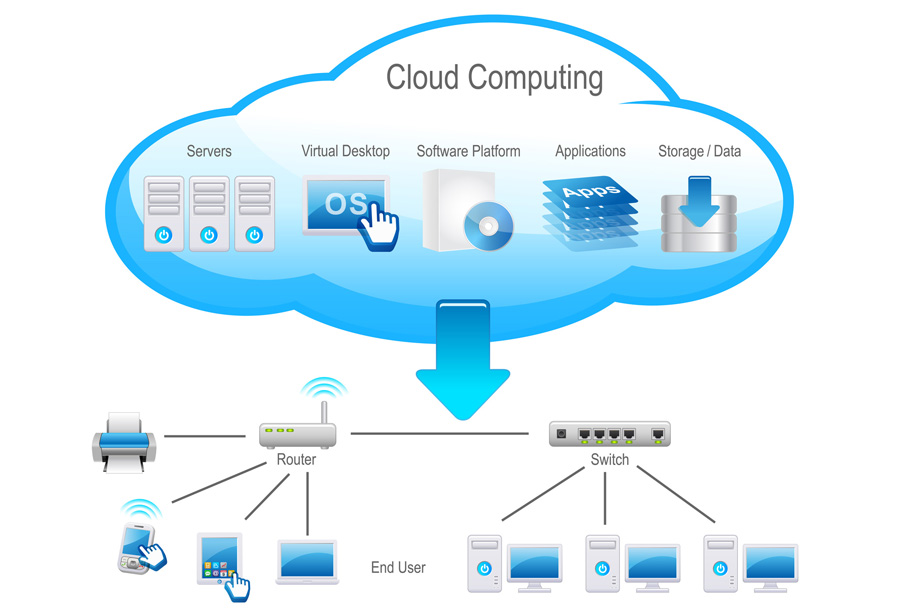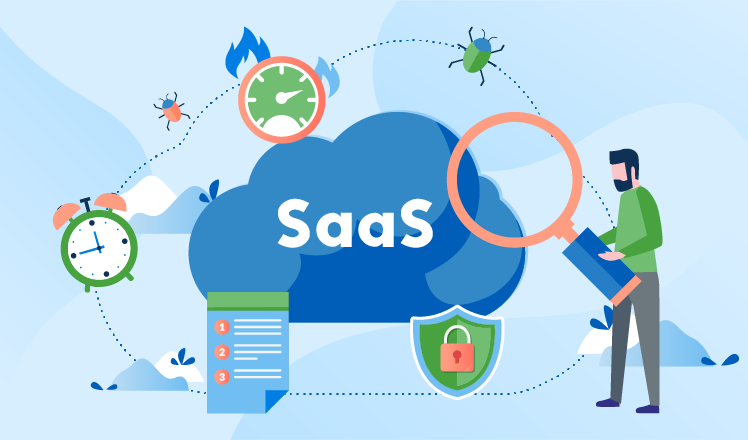
In cloud computing, the capital investment in building and maintaining data centers is replaced by consuming IT resources as an elastic, utility-like service from a cloud “provider” (including storage, computing, networking, data processing and analytics, application development, machine learning, and even fully managed services).
What are the benefits of cloud computing?
Resources can be purchased and consumed on a “pay-as-you-go” basis, and increased or decreased as needed for optimal utilization. Capital expenses can be converted into operating expenses. Cloud customers can focus on rapid innovation without the expense and complexities of hardware procurement and infrastructure management. End-user productivity is likely enhanced because no software is installed, configured, or upgraded on personal devices, and services can be accessed from anywhere. Infrastructure functionality, performance, reliability, and security are likely to improve because customers can benefit from “vertically integrated” stacks that are customized at every level — which would be out of reach for on-premises deployments built from off-the-shelf components.


Although some companies have “lifted and shifted” their entire infrastructure to the cloud as part of a full digital transformation, most will choose to take a gradual approach that presumes a hybrid environment. For that reason, it’s important for your cloud provider to support integration with on-premises systems via standard connectors and interfaces, in addition to open frameworks and APIs that help make customer applications portable to other platforms (whether on-premises or cloud-based).
Whereas in the past cloud computing was considered the province of startups and aggressively visionary enterprise users, today, it is part of the enterprise computing mainstream across every industry, for organizations of any type and size.
What are the benefits of cloud computing?
Resources can be purchased and consumed on a “pay-as-you-go” basis, and increased or decreased as needed for optimal utilization. Capital expenses can be converted into operating expenses. Cloud customers can focus on rapid innovation without the expense and complexities of hardware procurement and infrastructure management. End-user productivity is likely enhanced because no software is installed, configured, or upgraded on personal devices, and services can be accessed from anywhere. Infrastructure functionality, performance, reliability, and security are likely to improve because customers can benefit from “vertically integrated” stacks that are customized at every level — which would be out of reach for on-premises deployments built from off-the-shelf components.


Although some companies have “lifted and shifted” their entire infrastructure to the cloud as part of a full digital transformation, most will choose to take a gradual approach that presumes a hybrid environment. For that reason, it’s important for your cloud provider to support integration with on-premises systems via standard connectors and interfaces, in addition to open frameworks and APIs that help make customer applications portable to other platforms (whether on-premises or cloud-based).


There is no any comment yet! Be the first!